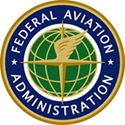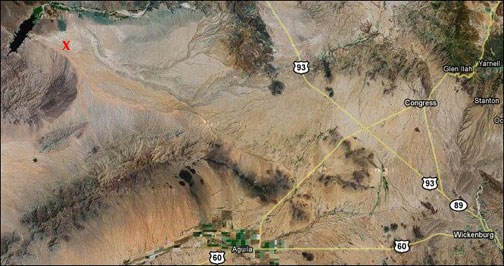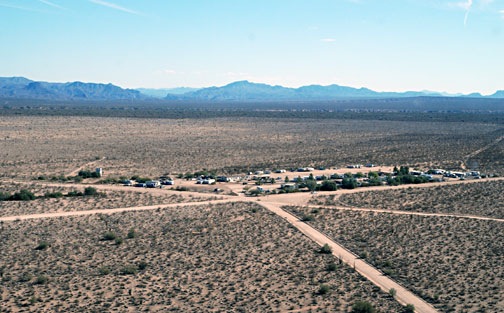I find a less expensive source for aeronautical charts.
For the past few years, I’ve been using iPilot.com as a source for my aeronautical charts. I subscribe to the charts I want, providing a credit card number up front. When the new chart is available, it’s automatically shipped to me and my card is charged for the amount due. The service is very good and very reliable. I always get the new charts before the old charts expire. The prices are slightly discounted and, for regular charts, shipping is free.
Shipping is not free, however, for the Airport/Facilities Directory (A/FD) — that green book with information about airports. Although I seldom refer to this book, I’m required by the FAA to have a current one covering my area of flight on board my aircraft for every Part 135 flight — which is pretty much every flight I do. The books cost $4.45 each. Shipping, however, is another $4.80. That brings the total to $9.35.
Every 56 days.
It’s a tough nut to swallow. After all, it’s a book I rarely refer to which rarely changes. Yet I’m required to buy it every 56 days. It’s an operating cost — one of the smaller costs that make owning and operating a helicopter charter business so costly. And yes, that might not seem like much, but when you have 20-40 of these stupid little expenses, they really add up.
 I’ve ordered charts from NACO — that’s the National Aeronautical Charting Office of the Federal Aviation Administration (FAA) in the past. Although they sell charts at list price, they don’t charge for shipping. They also don’t charge for shipping non-chart items like the A/FD or similarly bulky Terminal Procedures Publications (TPPs).
I’ve ordered charts from NACO — that’s the National Aeronautical Charting Office of the Federal Aviation Administration (FAA) in the past. Although they sell charts at list price, they don’t charge for shipping. They also don’t charge for shipping non-chart items like the A/FD or similarly bulky Terminal Procedures Publications (TPPs).
But, as I discovered today, they do discount items when you buy subscriptions. A subscription for an A/FD is 7 editions — basically a full year. A subscription for a Sectional chart is 4 editions — basically two full years.
So, for example, I can subscribe to 7 editions of the Southwest A/FD for a total of $27.02. That’s $3.86 each. Shipping is included. So I save about $5.49 per 56-day cycle. Or $38.43/year.
There is a downside to this. Two of them, really:
- You must pay for an entire subscription up front. There are no refunds. So rather than pay each time an item is shipped, it’s all paid for in advance.
- You must renew the subscription manually when it expires. NACO will send you a reminder via e-mail 30 days in advance so you don’t forget, but it is slightly less convenient.
Today I switched my A/FD subscription from iPilot.com to NACO’s online ordering service. I’m keeping my charts with iPilot.com, at least for now. I’ll wait and see how well NACO handles the subscription before I make any more changes. I wouldn’t be saving that much money on a chart subscription and I rather like the convenience of iPilot’s system.
One more thing I should mention…you can download pages from the A/FD or TPP publications for free on an as-needed basis. Although this would not satisfy my requirements for the A/FD, it’s certainly handy for folks needing airport diagrams and instrument approaches. Most of us don’t need them all, right?
If you haven’t checked out the NACO site, I recommend doing so. There’s a lot of information there. Sure, it’s not a pretty site, but you know it’s accurate because it is the source.



 The writer is sitting up front beside me, taking notes and using my Nikon D80 to shoot images of what she sees. Although a good portion of the shots have some unfortunate glare — not much you can do about that when shooting through Plexiglas — many of them are really good. Like this shot she took of a herd of wild horses we overflew on the Navajo Reservation two days ago.
The writer is sitting up front beside me, taking notes and using my Nikon D80 to shoot images of what she sees. Although a good portion of the shots have some unfortunate glare — not much you can do about that when shooting through Plexiglas — many of them are really good. Like this shot she took of a herd of wild horses we overflew on the Navajo Reservation two days ago. I’m treating myself to a few of the activities my excursion guests get to enjoy. For example, on Tuesday, I joined the crew for a boat ride on Lake Powell that visited the “business side” of the Glen Canyon Dam before squeezing about a mile up Antelope Canyon (see photo) and gliding up Navajo Canyon for a look at the “tapestry” of desert varnish on some cliff walls. I skipped the Sedona Jeep tour and Monument Valley tour to work with one of the video guys or just rest up. Normally, while my guest are touring, I’m scrambling to get the luggage into their hotel room and confirming reservations for the next day. You might imagine how tired I am after 6 days of playing pilot and baggage handler.
I’m treating myself to a few of the activities my excursion guests get to enjoy. For example, on Tuesday, I joined the crew for a boat ride on Lake Powell that visited the “business side” of the Glen Canyon Dam before squeezing about a mile up Antelope Canyon (see photo) and gliding up Navajo Canyon for a look at the “tapestry” of desert varnish on some cliff walls. I skipped the Sedona Jeep tour and Monument Valley tour to work with one of the video guys or just rest up. Normally, while my guest are touring, I’m scrambling to get the luggage into their hotel room and confirming reservations for the next day. You might imagine how tired I am after 6 days of playing pilot and baggage handler.